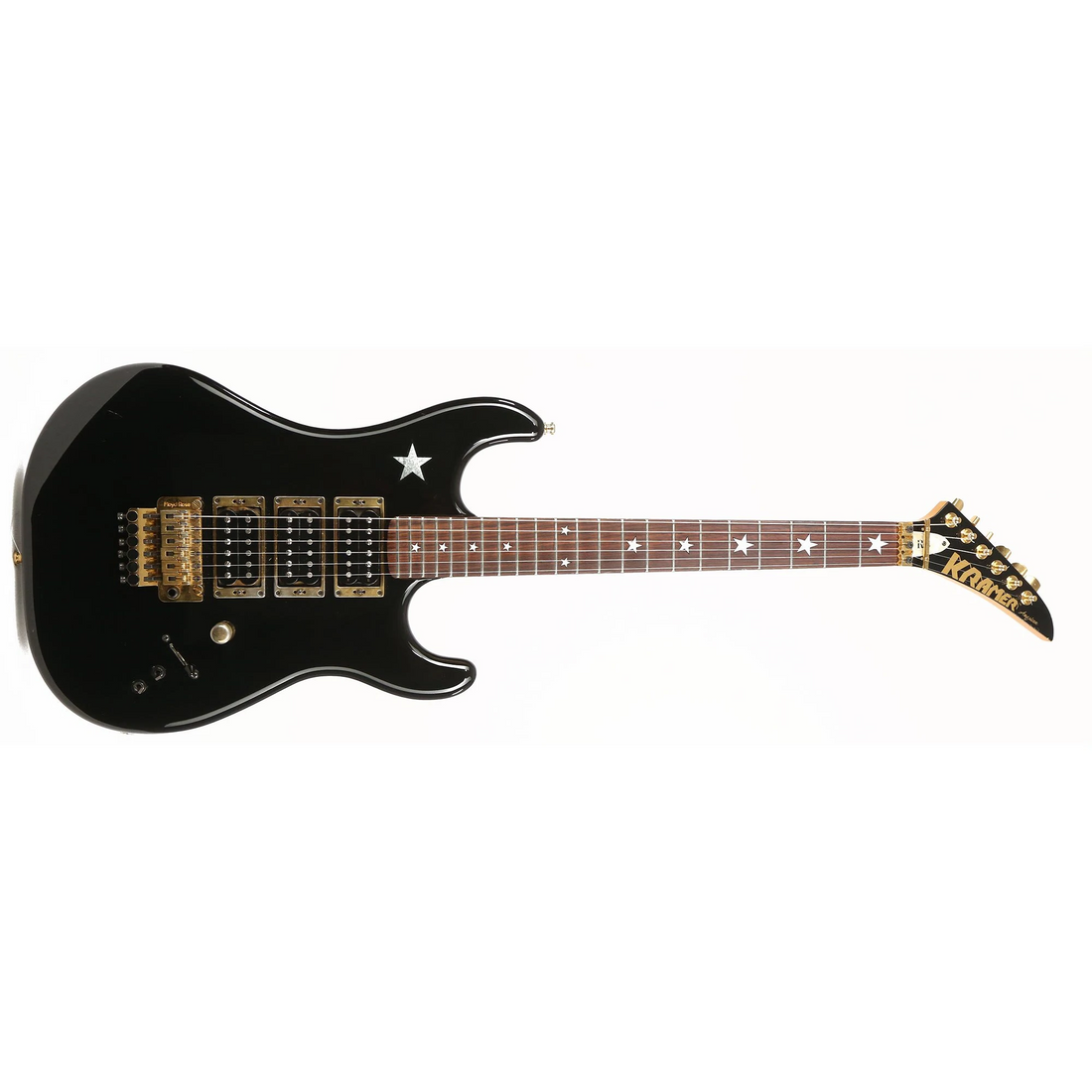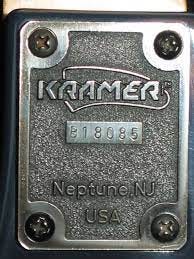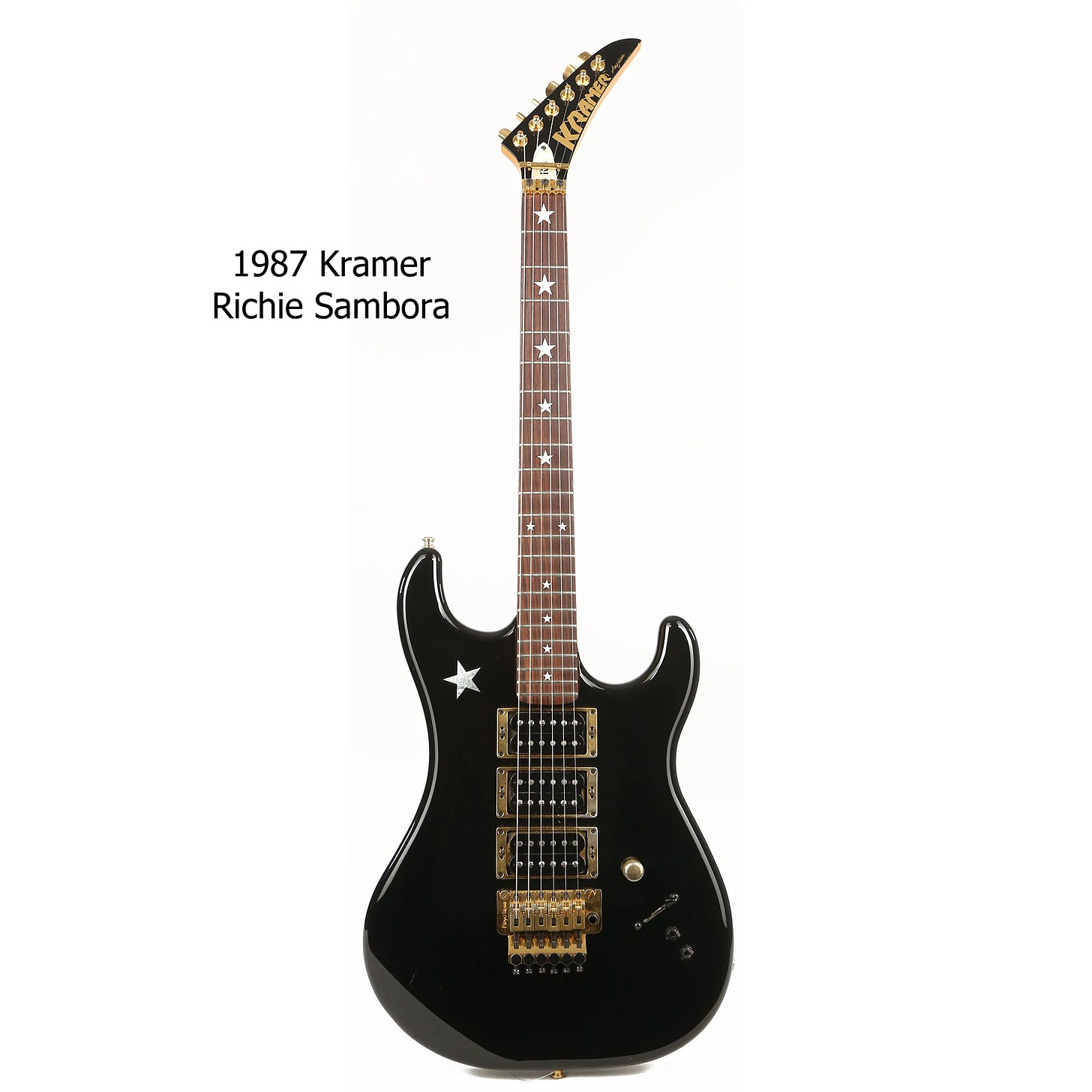Lick of the Week with Steve Kuykendall
A delectable melodic phrase construction in the key of G. Stevie K breaks this one down in nice little bites, simply elegant.
There was a time in the late 80s before Richie Sambora became a Fender endorser that he had a signature Kramer model. A hot rod at that!
Beginning in 1987 Sambora collaborated with Kramer on a short-lived namesake model that was discontinued towards the demise of Kramer in 1989. His guitar was part of Kramer’s “Artist” series which also included Paul Dean and Vivian Campbell.
Essentially, the Artist series could be included in the “American Series” batch of guitar that technically had its start in 1986.
However, “American” is somewhat of a stretch.
Around 1984, perhaps a little earlier, Kramer started sourcing necks from ESP. That relationship began a couple of years prior when early Kramer models sported an ESP Flicker tremolo. As the companies cozied up to each other ESP eventually began producing Kramer bodies as well.
Side note- George Lynch played a Kramer Baretta prior to his “discovering” of ESP’s main store in Tokyo while on tour in 1986. It’s reasonable to suspect he knew of the Kramer/ESP connection and sought out the source :-). KAMIKAZE!
By 1987 ESP was either wholly making Kramer guitars or the parts were shipped to Kramer’s Neptune, NJ facility and assembled in the USA, the “American Series”.
So despite a neckplate stamp of “Neptune, NJ” that doesn’t mean it was made in America. It was Kramer’s play on Charvel doing the same thing with their Japanese imports stamped “Ft. Worth, TX”.
Back to the Kramer Sambora. This one and a custom Jackson were his main “Slippery When Wet” tour guitars.
1987 Kramer Sambora Specs: Maple body, Maple neck, Maple or rosewood fretboard, Star fret inlays, Triple Seymour Duncan humbuckers, Original Floyd Rose, One volume control, 2 coil tap switches, 5-way selector
Interesting Tidbit:
Kramer’s more budget friendly guitars were not made in Japan. The Striker and Aerostar guitars were made in Korea. In fact, it was a labor strike in Korea that led to a huge backorder issue and that was one of many problems that ended Kramer in 1991. Gibson bought the brand out of bankruptcy in 1997.





